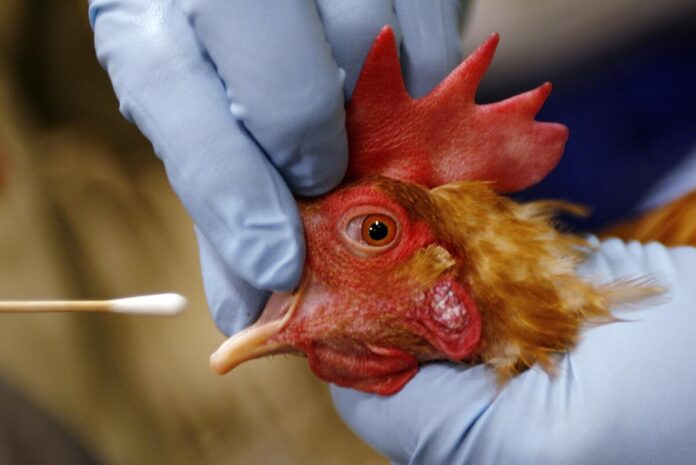Global Virus Network (GVN), which is an alliance of top virologists from more than 40 nations, has issued a serious alert of an incoming pandemic on the global stage. It is so because the H5N1 bird flu virus has not only surfaced among animals and human beings in America but has spread to the region as well.
The GVN, in a report to The Lancet, was concerned about the occurrence of highly pathogenic H5N1 infections in U.S. dairy cows and humans. So far, more than 995 dairy cow herds and at least 70 individuals have been infected. The virus also occurred among wild birds, backyard poultry, and even migratory birds, showing its extensive and uncontrolled spread.
This cross-species transmission has worried global health authorities, who caution that such a trend can cause deadly mutations, making the virus more capable of leaping from human to human.
What Is H5N1 and Why Does It Matter?
H5N1, or avian flu or bird flu, is a type of the Influenza A virus. Initially detected in geese in China in 1996, the virus exists mostly in birds but has resulted in serious disease in humans too. Though human-to-human transmission is still uncommon, the virus also has a high fatality rate among infected individuals.
The virus is easily transmitted in birds through saliva, feces, and nasal discharge, with domestic poultry such as chickens and turkeys being very susceptible to it, say virologists. Migratory birds are carriers, and thus it is hard to contain the issue.
Also read: US GDP Report: Drops 0.3% Amid Trade Tensions
How Do People Get Infected?
Humans generally catch H5N1 after close contact with infected birds or bird droppings. It is possible to become infected through live bird markets, farms, or from raw poultry handling. Up to this point, no sustained human-to-human transmission has been reported. Yet, according to researchers, any mutation facilitating human-to-human transmission easily would make H5N1 a full-scale potential pandemic.
Symptoms in male vary from fever, cough, and sore throat to more severe manifestations such as pneumonia, encephalitis, and multi-organ failure.
Risk of Mutation and Seasonal Problems
One of the most critical topics addressed in the GVN report is the co-circulation of H5N1 with other influenza viruses, such as swine and human influenza viruses, particularly during Northern Hemisphere winter. This overlap raises the possibility of generating reassortant viruses—hybrid viruses that would have the capacity to transmit efficiently among humans.
The Centers for Disease Control and Prevention (CDC) now categorize H5N1 as a moderately pandemic-potential virus but recognizes the fact that circumstances can change rapidly.
Economic and Food Security Threats
Apart from the public health threat, the virus is also a very severe economic risk. The poultry sector, already affected by outbreaks in most countries, could be devastated by unprecedented losses if the virus continues spreading to poultry and livestock. Such an interruption could impact food security and drive up prices on the international market.
Call to Action from Global Experts
Global Virus Network is calling on governments to act immediately. Actions suggested include:
- Increased surveillance in animal and human populations
- Tighter biosecurity on farms
- Accelerated diagnostic testing
- Vaccine and antiviral stockpiling development
Experts emphasize that preparation today can forestall disaster tomorrow. Having gained experience from the COVID-19 pandemic, the world cannot afford to overlook signs of a looming global health crisis.
Conclusion
The Global Virus Network’s warning on H5N1 is a timely wake-up call that human, animal, and nature are interdependent in a fragile equation. As the virus jumps species, the threat of a new pandemic hangs over us. It is the responsibility of global health authorities and governments now to act quickly before this epidemic becomes another global crisis.








